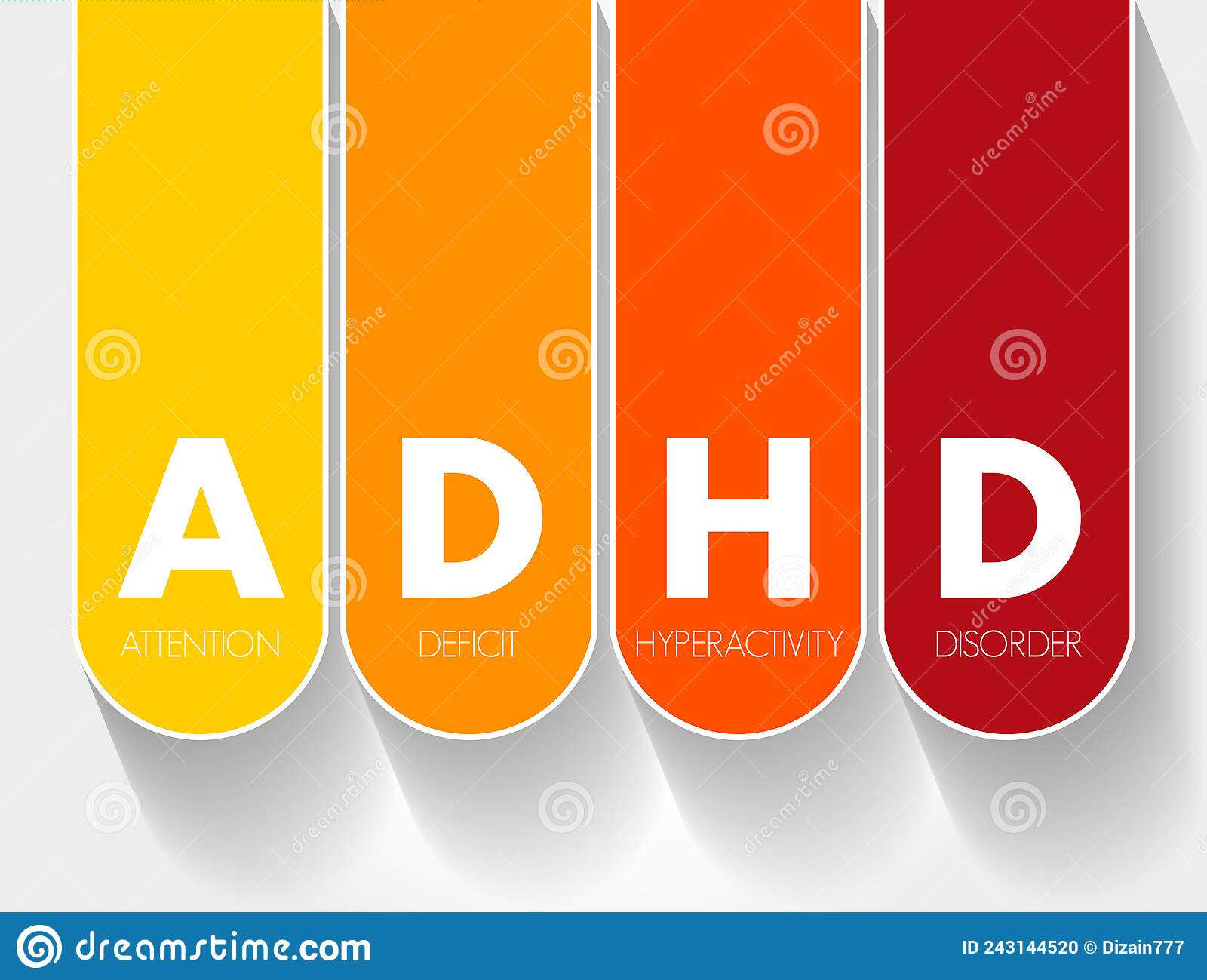ADHD Disorder
ADHD is one of the most known neurodevelopmental disorders of childhood. It is usually first diagnosed in childhood and often lasts into adulthood. Children with ADHD may have trouble paying attention, controlling impulsive behaviors (may act without thinking about what the result will be), or be overly active.
Symptoms in children and teenagers
The symptoms of ADHD in children and teenagers are well defined, and they're usually noticeable before the age of 6. They occur in more than 1 situation, such as at home and at school.
Children may have symptoms of both inattentiveness and hyperactivity and impulsiveness, or they may have symptoms of just 1 of these types of behaviour.
Inattentiveness (difficulty concentrating and focusing)
The main signs of inattentiveness are:
- having a short attention span and being easily distracted
- making careless mistakes – for example, in schoolwork
- appearing forgetful or losing things
- being unable to stick to tasks that are tedious or time-consuming
- appearing to be unable to listen to or carry out instructions
- constantly changing activity or task
- having difficulty organising tasks
Hyperactivity and impulsiveness
The main signs of hyperactivity and impulsiveness are:
- being unable to sit still, especially in calm or quiet surroundings
- constantly fidgeting
- being unable to concentrate on tasks
- excessive physical movement
- excessive talking
- being unable to wait their turn
- acting without thinking
- interrupting conversations
- little or no sense of danger
These symptoms can cause significant problems in a child's life, such as underachievement at school, poor social interaction with other children and adults.
Symptoms in adults
In adults, the symptoms of ADHD are more difficult to define. This is largely due to a lack of research into adults with ADHD.
As ADHD is a developmental disorder, it's believed it cannot develop in adults without it first appearing during childhood. But symptoms of ADHD in children and teenagers often continue into adulthood.
The way in which inattentiveness, hyperactivity and impulsiveness affect adults can be very different from the way they affect children.
For example, hyperactivity tends to decrease in adults, while inattentiveness tends to remain as the pressures of adult life increase.
Adult symptoms of ADHD also tend to be far more subtle than childhood symptoms.
Some specialists have suggested the following as a list of symptoms associated with ADHD in adults:
- carelessness and lack of attention to detail
- continually starting new tasks before finishing old ones
- poor organisational skills
- inability to focus or prioritise
- continually losing or misplacing things
- forgetfulness
- restlessness and edginess
- difficulty keeping quiet, and speaking out of turn
- blurting out responses and often interrupting others
- mood swings, irritability and a quick temper
- inability to deal with stress
- extreme impatience
- taking risks in activities, often with little or no regard for personal safety or the safety of others – for example, driving dangerously


